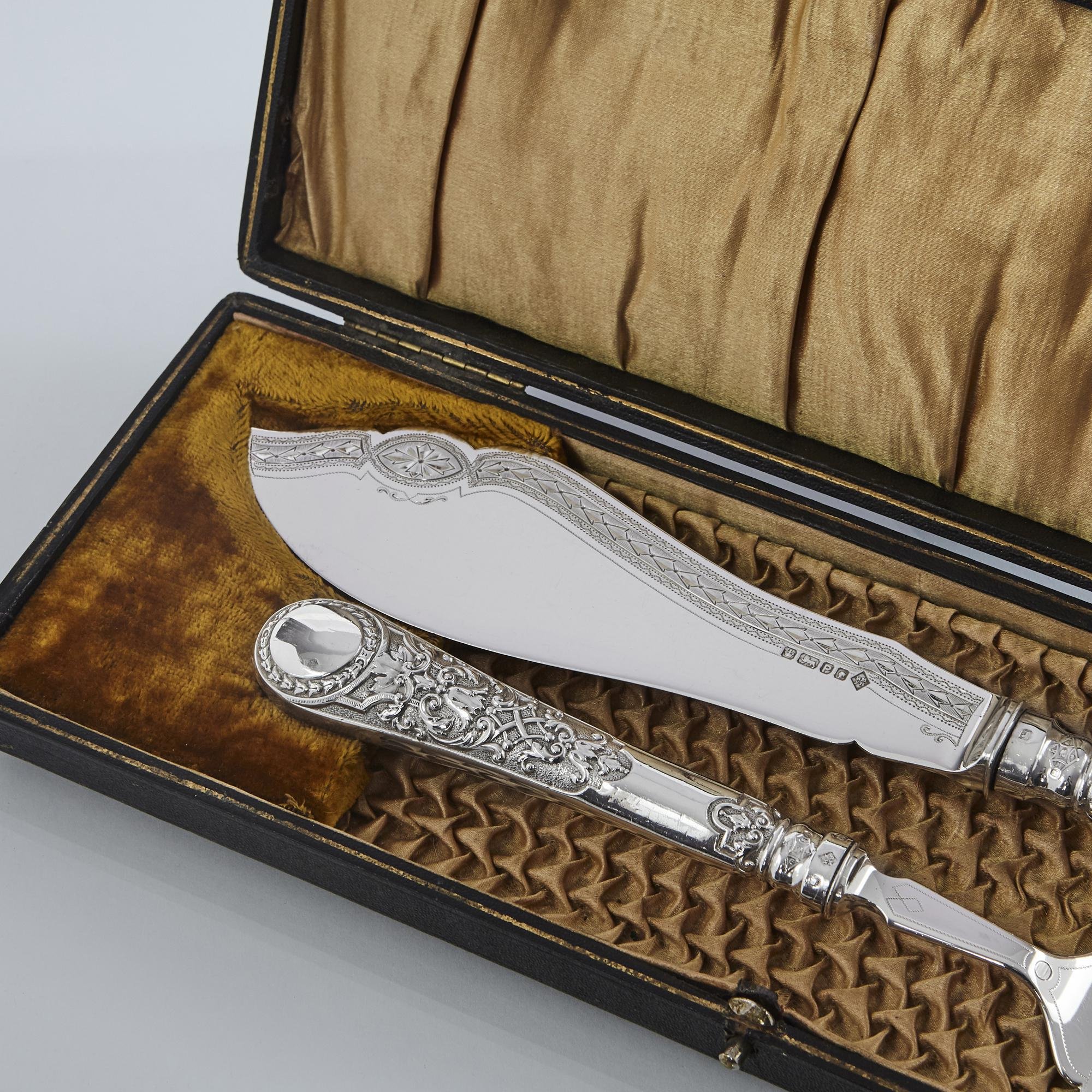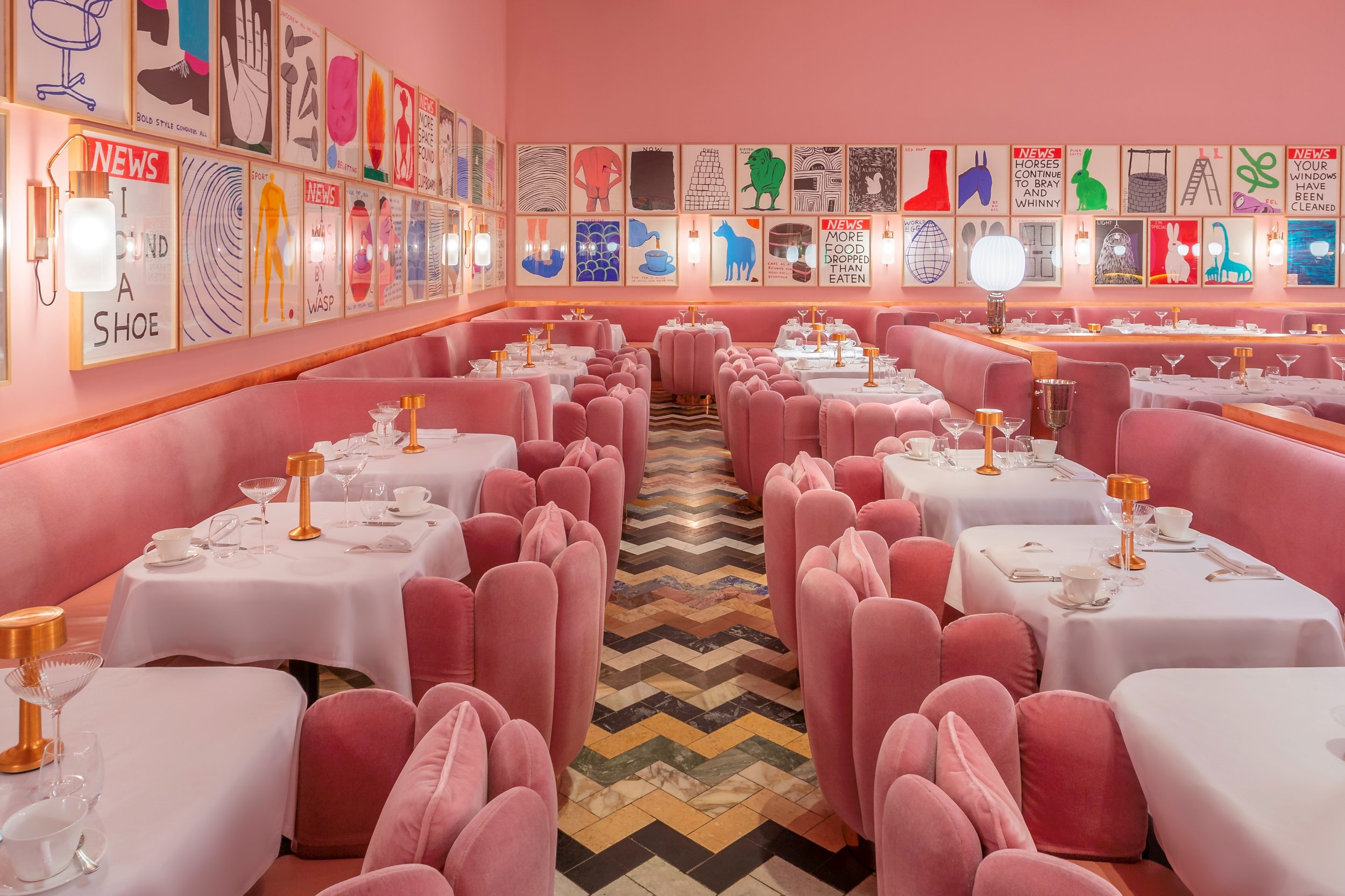The Huguenot Influence
14 January 2021
The impact of French Protestant refugees on English furniture-making and decorative arts.
Huon Mallalieu
Huon Mallalieu is an historian who writes on art, antiques and collecting for The Times, Country Life and The Oldie. He is the author or editor of many books, including The Dictionary of British Watercolour Artists and 1066 and Rather More, a Walk through History. He is FSA and Hon RWS.
By 1573 there were at least 9,500 recently arrived “strangers” in London, amounting to about 10% of the population, and in the six years up to that date up to 50,000 immigrants had settled in England as a whole. For the most part they were Huguenots, Protestant refugees from France, the Low Countries particularly Wallonia, and the borders of the Holy Roman Empire. As is well known, many (including my own ancestors) were involved in cloth-making, but other skills and crafts included goldsmithing, clockmaking, printing, paper-making, haberdashery, tapestry-weaving, shoemaking, bookselling, gardening, and brewing beer with hops, which they introduced to England.
Jacques Le Moyne de Morgues (1533-1588), ‘A Globe Artichoke (Cynara scolymus)’, watercolour and gouache on paper prepared as vellum, 140 x 101 mm.
Image courtesy of Stephen Ongpin Fine Art.
One of the most significant artists to take refuge in London was Jacques Le Moyne de Morgues (c.1533 - 88). He had escaped two massacres, the first by Spaniards in Florida, the second St Bartholomew in Paris. He made the first records of North American natives, flora and fauna, and in Britain he set a pattern for botanical illustration which still endures. Recently two of his botanical watercolours were on the London market. They came from an 81-leaf album sold for $1,136,000 in 2005.
The Edict of Nantes brought the French Wars of Religion to an end in 1598, and there was little further immigration until renewed persecution by Louis XIV culminated in the revocation of the edict in 1685. In the following 15 years an estimated 25,000 Huguenots arrived in London, with a steady trickle following until the mid-18th century. With soldiers, financiers and entrepreneurs, this second wave included silk weavers, silversmiths and engravers, and a significant number of cabinetmakers. Their influence on the evolution of English, indeed British, fashions was marked, especially after the architect, designer and engraver Daniel Marot (1661 - 1752) arrived in the wake of William III’s invasion. Some decades ago the Huguenot immigration was reckoned to be the largest ever relative to existing population, but perhaps it has now been exceeded by the 14% recorded in 2019.
Marot’s grandfather had been a cabinetmaker, his father architect du roi to Louis XIV, and he himself had designed for the cabinetmaker André Charles Boulle before being exiled to Holland in 1685. Although he worked in England for a comparatively short time, principally at Hampton Court, as Sacheverel Sitwell put it, Marot “drew designs for almost everything that could be imagined”, and he left an indelible mark through the more than 200 prints published first in themed sets and then in collected editions in 1703 and 1712. Without the Huguenots, the age of oak and walnut would have persisted for longer in England.
Jacques Le Moyne de Morgues (1533-1588), ‘Clove Pinks (Dianthus caryophyllus)’, watercolour and gouache on paper prepared as vellum, 139 x 100 mm.
Image courtesy of Stephen Ongpin Fine Art.
As Tessa Murdoch, the authority on Huguenot cultural history, noted in her doctoral thesis: “There is little evidence that Marot actually supervised the execution of his furniture designs in this country, and it is significant that few original drawings by him survive, or have yet been identified”. However, his furniture designs were widely copied in particular by Dutch and English craftsmen. Indeed, several close members of his wife’s family were leading London cabinet makers.
It might seem surprising that under the francophile Charles II the predominant influence should have been Dutch and the William & Mary style more French-inspired, but Charles had spent his formative years in exile at the Hague, and from the 1680s Marot and others carried with them the French baroque of Versailles. Marot dealt in the grandiose, although he was capable of tactful assimilation: as noted by an early 20th century furniture historian, “he typified the swing of British taste away from provincialism and toward greater luxury and ornateness.”
The Huguenot community constituted not only an invaluable network for makers and craftsmen, but also linked them to Court patronage and Christopher Wren, the Surveyor-General of the King’s Works. Wren worked with Marot, and regular collaborators included Jean Tijou, the greatest artist in ironwork to practice in England. According to descendants his birth and death dates were 1660 to 1720, but British art reference knows him only by the work he did in England between 1689 and 1712. Among his many triumphs was the Hampton Court Privy Garden Screen. Like Marot, he extended his influence by publishing; A New Book of Drawings, invented and designed by Jean Tijou appeared in 1693, and copies and variations of his dancing garden gates and railings are made to this day.
A George I Britannia Silver Coffee Pot, London, 1716, by John Chartier.
Silversmiths left France not only for religious reasons, but also because Louis XIV’s wars and architectural extravagance had hit their patrons. While Paul de Lamerie is the outstanding figure, his fellow Huguenots dom were a major element in London gold and silversmithing throughout the 18th century. Many intermarried founding dynasties. Thus the daughter of Jean Chartier, naturalised in 1697, - Forrest & Fraser have a 1716 coffee pot by him - married Peze Pilleau, who is regarded as de Lamerie’s equal. Mary Cooke Antiques recently had a large pepper caster by Pilleau. Less usually, his goldsmith father Auguste specialised in gold teeth.
In the trade lists some people who were evidently cabinet makers were listed as “gravers”, presumably because they engraved designs on metal inlays. In any event, engravers were another important element in the Huguenot craft networks, providing decoration for silversmiths, and of course making prints. Until Hogarth (who had begun by engraving for silversmiths and later employed a French assistant) turned his attention to printmaking, the London business was dominated by French printers, and many of the draughtsmen who worked with them to provide book illustrations were also French. While in the 18th century this was no longer necessarily to do with religion, it stemmed from a similar cause, as authors and artists could escape strict French censorship.







